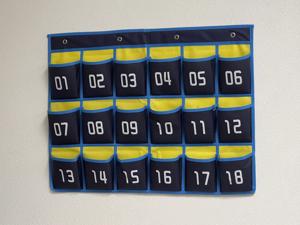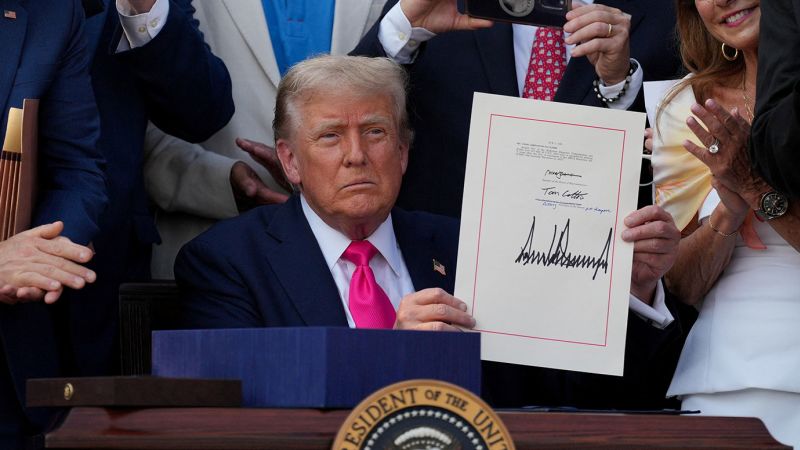Oregon Schools Adapt to Governor’s Classroom Smartphone Ban

Last week, Governor Tina Kotek issued an executive order banning smartphones in K-12 classrooms across Oregon. This directive requires school districts to implement policies prohibiting the use of personal electronic devices during school hours by October 31, with full compliance expected by January 1. The move aims to enhance educational quality and safeguard student well-being, according to Kotek’s announcement.
Some schools in Oregon’s mid-Willamette Valley had already taken steps to limit smartphone use, but the governor’s order accelerates the need for uniform policies. For instance, Albany Options School utilizes canvas pouches to store students’ phones during class, a practice that aligns with the new mandate. However, the executive order has sparked a mix of reactions among local school officials.
Local Reactions to Statewide Policy
While some school board members express concern over the top-down approach, others see the merit in a statewide ban. Kris McLaughlin, an incoming member of the Albany school board and a retired teacher, supports the initiative. “My personal opinion is that cellphones don’t belong in the classroom,” McLaughlin stated.
The executive order follows a failed legislative attempt to pass a similar ban, which had garnered support from figures like Albany City Councilor Steph Newton. She argued that such a measure would improve student outcomes. However, some parents voiced opposition, fearing it would limit their ability to communicate with their children during school hours.
Challenges and Implementation
School districts are now tasked with drafting policies that comply with the executive order. These policies must allow exceptions for students with individualized education programs (IEPs) or medical needs. Additionally, districts must clarify how devices will be stored during the school day.
Ryan Mattingly, Vice Chair of the Albany school board, expressed a preference for local decision-making over state mandates. This sentiment is echoed by Nichole Piland of the Lebanon school board, who noted that the district had already begun addressing the issue with phone lockers at Seven Oak Middle School. Concerns also arise over the financial implications, as the order does not provide funding for necessary storage solutions.
Broader Context and National Trends
Oregon is not alone in its efforts to regulate smartphone use in schools. Across the United States, similar policies are being considered or implemented. A PEW Research report from last year highlighted that over 70% of high school teachers view phone distractions as a significant issue, yet only 56% find their school’s current policies easy to enforce.
Peter Rudy, a Public Affairs Specialist with the Oregon Department of Education, acknowledged that many Oregon schools have already established their own rules regarding smartphone use. However, the governor’s order aims to standardize these efforts statewide.
Future Implications and Support
As districts work to align with the new mandate, support from organizations like the Oregon School Boards Association (OSBA) will be crucial. Sami Al-Abdrabbuh, a member of the OSBA Board of Directors, expressed optimism about the order’s potential to transform schools into “castles of hope” that prioritize student well-being. However, he emphasized the need for fiscally responsible policies given the lack of attached funding.
In Corvallis, school board Chair Luhui Whitebear believes the order is necessary, advocating for a balance between reducing distractions and preserving local control. She noted that phones have been instrumental in documenting bias incidents but also in spreading inappropriate content.
As the summer progresses, schools in the mid-Willamette Valley and beyond will continue refining their policies to meet the executive order’s requirements. The initiative marks a significant shift in how technology is managed in educational settings, with potential implications for student engagement and academic performance.






